New Delhi: Finance Minister Nirmala Sitharaman tabled the much-anticipated Income Tax Bill, 2025 on 13 February in the Lok Sabha. The new bill, which spans 622 pages, is set to replace the existing Income Tax Act of 1961.
To ensure a thorough review, Finance Minister Sitharaman has requested Lok Sabha Speaker Om Birla to nominate members for a Parliamentary Standing Committee to evaluate the provisions of the bill.
The New Income-tax Bill, 2025 has been tabled in Parliament.
The Bill aims to simplify the language of the existing law as amended to date.
The Bill is available at our website https://t.co/z0wOo162Xq
Our FAQs address common queries regarding the objectives and the outcome of… pic.twitter.com/txfke5wKo8
— Income Tax India (@IncomeTaxIndia) February 13, 2025
Key Highlights of the New Income Tax Bill
Simplification and Modernization
The primary objective of the new bill is to simplify tax laws, make them more accessible, and reduce litigation. The 1961 Income Tax Act was overburdened with amendments, making it difficult for taxpayers and professionals to navigate. The new bill condenses the law, eliminating redundant provisions and consolidating scattered sections.
According to SR Patnaik, Partner and Head of Taxation at Cyril Amarchand Mangaldas, “The old tax law spanned over 800 pages and contained complex language. The new bill has been reduced to 622 pages, with redundant clauses removed and provisions consolidated for clarity. For example, all tax-related provisions for non-profit organizations, which were earlier spread across different sections, are now grouped into a single chapter.”
Similarly, deductions for salaried individuals have been streamlined into the salary chapter. Another significant structural improvement is the transformation of provisos into separate sections or tables within the bill. Notably, Section 10 of the old Act, which had 150 clauses, has been presented in a tabular format in the schedules.
FM Nirmala Sitharaman introduces The Income-Tax Bill, 2025 in Lok Sabha@nsitharaman @FinMinIndia @ombirlakota @LokSabhaSectt pic.twitter.com/Ic6CMKZptX
— SansadTV (@sansad_tv) February 13, 2025
The ‘Tax Year’ Concept
One of the most significant changes is the replacement of the “assessment year” and “previous year” terminology with a unified “tax year.” The financial year (April 1 to March 31) remains unchanged for procedural compliance.
Ankit Jain, Partner at Ved Jain & Associates, explained, “Previously, taxpayers had to file returns for an assessment year corresponding to the financial year in which income was earned. This often led to confusion, especially when dealing with notices or amendments referring to different years.”
“By introducing the tax year concept, all references to taxable income will align directly with the financial year in which it was earned. This change simplifies compliance and removes ambiguity,” Jain added.
Inclusion of Virtual Digital Assets (VDAs) as Capital Assets
The new bill formally recognizes Virtual Digital Assets (VDAs) as property, treating them as capital assets. This means that income from cryptocurrency and other digital assets will be subject to capital gains tax.
Clause 194 of the bill specifies that the transfer of VDAs will be taxed at 30 per cent, with no deductions allowed except for the cost of acquisition. “This is a step towards providing clarity in digital asset taxation and ensuring regulatory oversight,” remarked Ritika Nayyar, Partner at Singhania & Co.
Presumptive Taxation Revisions
Presumptive taxation has been expanded significantly under sections 44AD, 44AE, and 44ADA. The turnover threshold for businesses under this scheme has been raised from Rs 2 crore to Rs 5 crore, while professionals can now opt for presumptive taxation with turnover up to Rs 75 lakh, up from the previous Rs 50 lakh.
According to taxation experts, these changes are aimed at easing compliance for small businesses and professionals by reducing the need for extensive documentation and audits.
However, it was also highlighted that those opting for the presumptive scheme must still adhere to digital transaction requirements to benefit from the higher threshold.
The new Income-Tax Bill, 2025 has been introduced today in the Lok Sabha.
Learn more about-
✅The journey of the new Income-Tax Bill
✅The need and objectives for reviewing of I.T. Act 1961
✅The aim and scope of the Bill
✅The examples of simplification proposed
and… pic.twitter.com/oMLsvigYJT— Income Tax India (@IncomeTaxIndia) February 13, 2025
What Stays the Same?
Despite the structural changes, the bill retains several key aspects of the current taxation framework:
- Tax Rates: There are no changes to the tax slabs or rates.
- Procedural Timelines: Filing deadlines and compliance timelines remain aligned with the financial year.
- Repeals and Savings Clause: The bill includes provisions to safeguard accrued rights and benefits under the previous tax law. This ensures that taxpayers do not lose out on deductions, exemptions, or ongoing assessments initiated under the old system.
Expert Opinions
The tax and legal fraternity has largely welcomed the bill’s attempt to simplify the taxation framework. However, there are mixed opinions on its effectiveness in reducing litigation.
“The language of the law is definitely more readable, and the structuring is better,” said Patnaik. “But simplification does not always mean fewer disputes. The implementation and interpretation of the new provisions will ultimately determine the success of this reform.”
On the digital assets taxation front, some experts believe that the 30 per cent flat tax on VDAs might discourage retail investors and startups from entering the crypto space in India. “While clarity is good, a more nuanced taxation approach would have been better for fostering innovation,” added Jain.
Next Steps and Legislative Process
The bill will now undergo scrutiny by the Parliamentary Standing Committee before it is debated and passed. The transition from the Income Tax Act, 1961, to the new legislation is expected to be closely monitored, with additional rules and clarifications likely to emerge in the coming months.
As the Income Tax Bill, 2025, progresses through the legislative process, taxpayers, professionals, and businesses will need to stay updated on the changes and prepare for the transition to a more streamlined taxation framework.
The proposed simplifications and structural improvements, if implemented effectively, could mark a significant shift in India’s direct tax administration.
Also read –
Budget 2025: Experts Weigh in on Major Taxation Reforms Announced by FM Nirmala Sitharaman




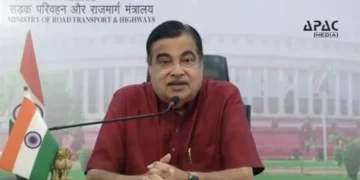
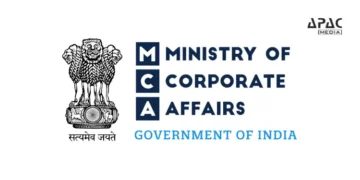



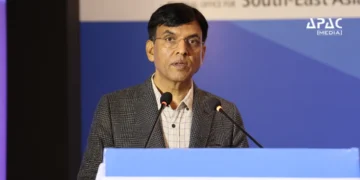

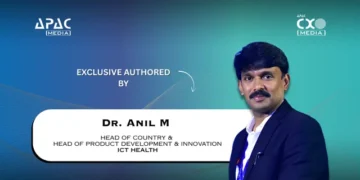







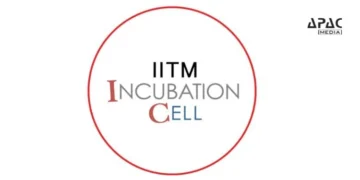



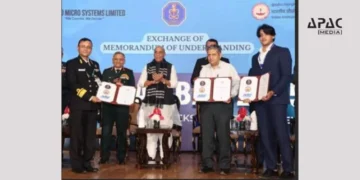

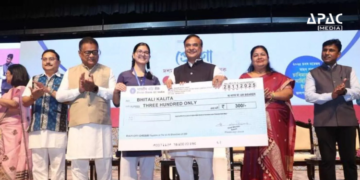







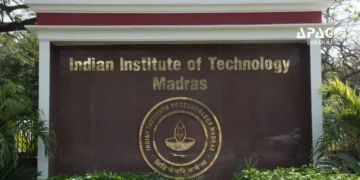


























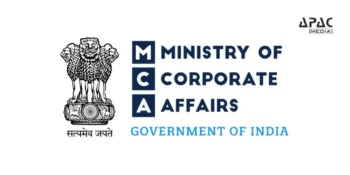








Discussion about this post